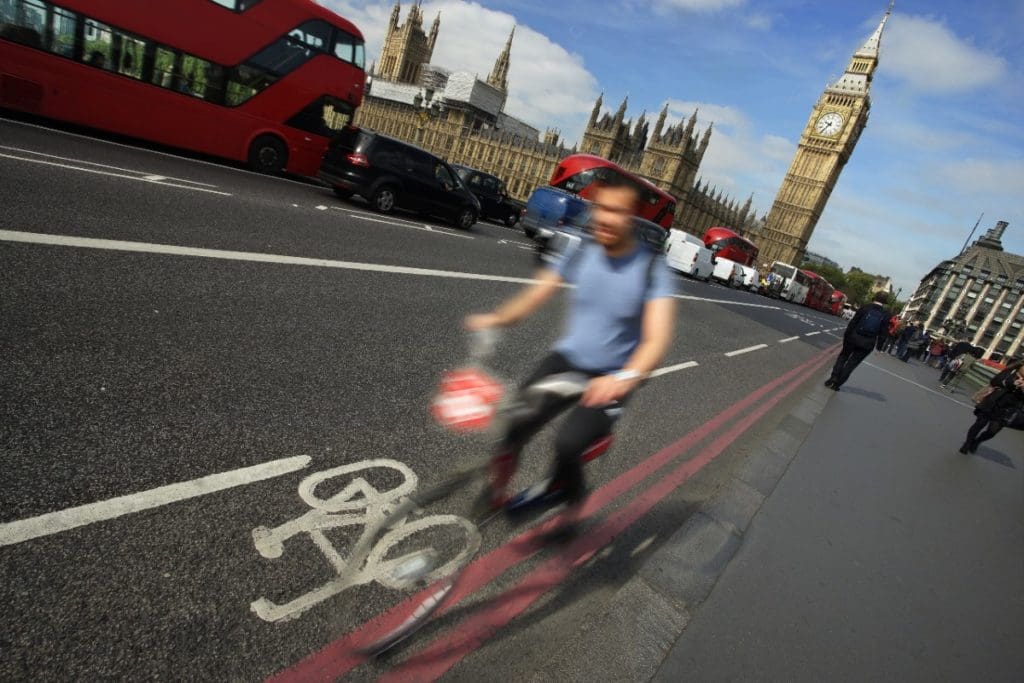Over 900% Return On Investment in Active Travel

London / UK
A new research paper by a trio of leading transport academics has found an economic benefit to the tune of £724 million has been recognised on £80 million in active travel investment.
Authored by University of Westminster Professor of Transport Rachel Aldred, Dr James Woodcock and Dr Anna Goodman, the paper is titled: ‘Major investment in active travel in outer London: impacts on travel behaviour, physical activity and health.’
Conducted over three years, the 3,000 person strong study found that the provision of infrastructure increased the likelihood of physical activity in the localised area and thus active travel goals were more likely to be met. A particular focus was given to the outer London ‘Mini Holland’ schemes that seek to provide neighbourhoods where active means of travel is unthreatened by fast and heavy flows of motor traffic. Three follow up waves throughout the study period each had over 1,400 repeat respondents.
The findings illustrated that changes to travel behaviour and adaptation thereafter were most pronounced in ‘high dose’ focal points of the Mini Holland schemes. People living both in high and low dose areas were found to have been more physically active for around five days in the past week and to take fewer sick days as a result of improved fitness. Cross referenced with similar work, the study once again draws the conclusion that living close by to active travel infrastructure ensures a lasting habitual shift and propensity to cycle more, even many years down the line.
The researchers found that in many cases respondents were meeting Transport or London’s target of over 140 minutes of active travel per week; in waves one and three it was found Mini Holland residents were more likely to achieve the goal.
It is calculated that the 20-year economic benefit of that activity, factoring health and transport efficiency improvements would tally £724 million (A$1.3 billion), a 905% increase on the £80 million (A$144 million) invested.
This article was first published at www.sciencedirect.com
